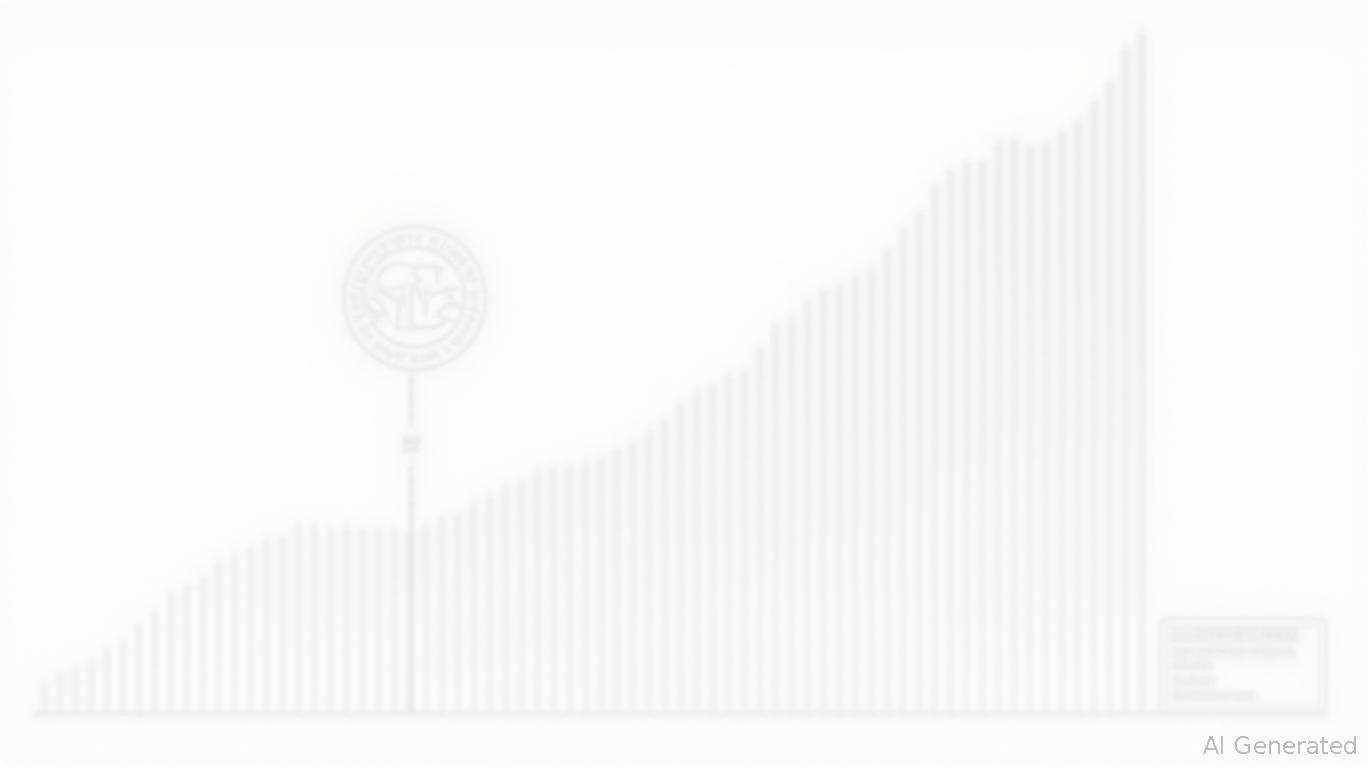Fed's Data-Driven Pause and Tariff-Induced Inflation Uncertainty: A Strategic Opportunity in Rate-Sensitive Sectors
The Federal Reserve's decision to pause its rate-hiking cycle at 4.25%–4.50% has created a strategic crossroads for investors. Meanwhile, looming July 2025 tariff deadlines threaten to reignite inflation, testing the resilience of sectors like consumer discretionary and industrials. For equity and fixed-income investors, this period presents both risks and opportunities to navigate inflation durability, geopolitical trade dynamics, and Fed policy divergence. Below, we dissect the landscape and identify tactical entry points.
The Fed's Dilemma: Data-Driven Caution Amid Tariff Uncertainty
The Federal Reserve's June 2025 policy statement underscored its “wait-and-see” approach, with inflation projections pointing to a gradual decline toward its 2% target by 2027. However, risks remain skewed upward due to persistent core inflation (2.8%) and geopolitical trade tensions. The Fed's internal projections show divided views:
- Median expectation: Two rate cuts by year-end, bringing the federal funds rate to 3.9% in 2025.
- Hawkish minority: 7 of 18 policymakers oppose cuts, fearing tariff-driven inflation resurgences.
This policy divergence creates volatility for rate-sensitive assets. The Fed's caution is further complicated by the July 9 tariff deadline, which could escalate trade tensions with the EU and China, adding upward pressure on prices.

Tariff-Induced Inflation: A Double-Edged Sword for Consumer Discretionary and Industrials
The July deadlines pose sector-specific risks. Let's break down the impacts:
Consumer Discretionary Sector
Tariffs are already inflating prices for goods like apparel and automobiles, squeezing both companies and consumers. Key data points:
- Apparel prices: Increased by 17% under all 2025 tariffs, disproportionately affecting lower-income households.
- Motor vehicles: Prices rose 8.4% due to tariffs on steel/aluminum and automotive imports, adding ~$4,000 to the cost of an average new car.
- Household losses: The average U.S. household faces a $3,800 annual burden, with lower-income families hardest hit (see ).
Investment Implications:
- Underweight: Retailers (e.g.,
- Short-term opportunity: Short automotive ETFs (e.g., XLY) or overweight defensive staples (e.g., (PG)) as inflation fears peak.
Industrials Sector
The industrials sector is caught in a dual squeeze:
- Input costs: Steel and aluminum tariffs (25%+ on imports) have raised production expenses for machinery and construction firms.
- GDP drag: The Tax Foundation estimates tariffs could reduce U.S. GDP by 0.9% in 2025, with exports dropping 18.1%.
Investment Implications:
- Avoid: Cyclical industrials exposed to global trade (e.g.,
- Focus: Domestic infrastructure plays (e.g., railroads, utilities) insulated from tariffs.
Rate-Sensitive Sectors: Where to Find Resilience
Amid this uncertainty, rate-sensitive sectors like Treasuries and defensive equities offer tactical opportunities:
Fixed Income: Short-Term Treasuries and TIPS
The Fed's pause has created a “sweet spot” for short-duration bonds:
- Short-term Treasuries: SPDR Portfolio Short-Term Treasury ETF (SHV) offers safety with minimal yield curve risk.
- Inflation-Protected Bonds (TIPS):
Equity Defensive Plays
- Utilities: NextEra Energy (NEE) and (D) benefit from stable demand and low sensitivity to rate hikes.
- Healthcare: (UNH) and (AMGN) offer dividend stability in a volatile environment.
Tactical Entry Points: Monitoring Key Catalysts
Investors must remain agile, focusing on two critical events:
1. July 9 Tariff Deadline:
- Scenario 1 (Escalation): Expect Treasury yields to rise, favoring short-term bonds. Equity markets may retreat, with industrials and discretionary sectors underperforming.
- Scenario 2 (Resolution): Rate cuts could materialize by September, lifting long-term Treasuries (e.g., iShares 20+ Year Treasury Bond ETF (TLT)) and rate-sensitive equities like REITs (VNQ).
- September Fed Meeting:
- The Fed's updated dot plot will signal whether policy makers see inflation as tamed. A dovish tilt could spark a rally in consumer staples and utilities.
Final Recommendations: Position for Divergence
- Equity Allocation:
- Overweight: Utilities (XLU), healthcare (XLV), and consumer staples (XLP).
- Underweight: Consumer discretionary (XLY) and industrials (XLI) until tariff risks subside.
- Fixed Income:
- Core Holdings: SHV and high-quality corporate bonds (LQD) for income stability.
Hedging: A 10% allocation to TIP to protect against inflation surprises.
Geopolitical Play:
- Monitor Middle East tensions (oil prices) and EU trade talks. A de-escalation could reduce inflation fears, favoring cyclicals.
Conclusion: Navigating the Crossroads
The Fed's pause and tariff deadlines have created a high-stakes environment for investors. While risks loom, sectors like utilities, healthcare, and short-term Treasuries offer defensive resilience. The key is to stay flexible—positioning for Fed dovishness if tariffs ease, or pivoting to inflation hedges if they don't. The next few weeks will test both patience and strategy.

Comments
No comments yet